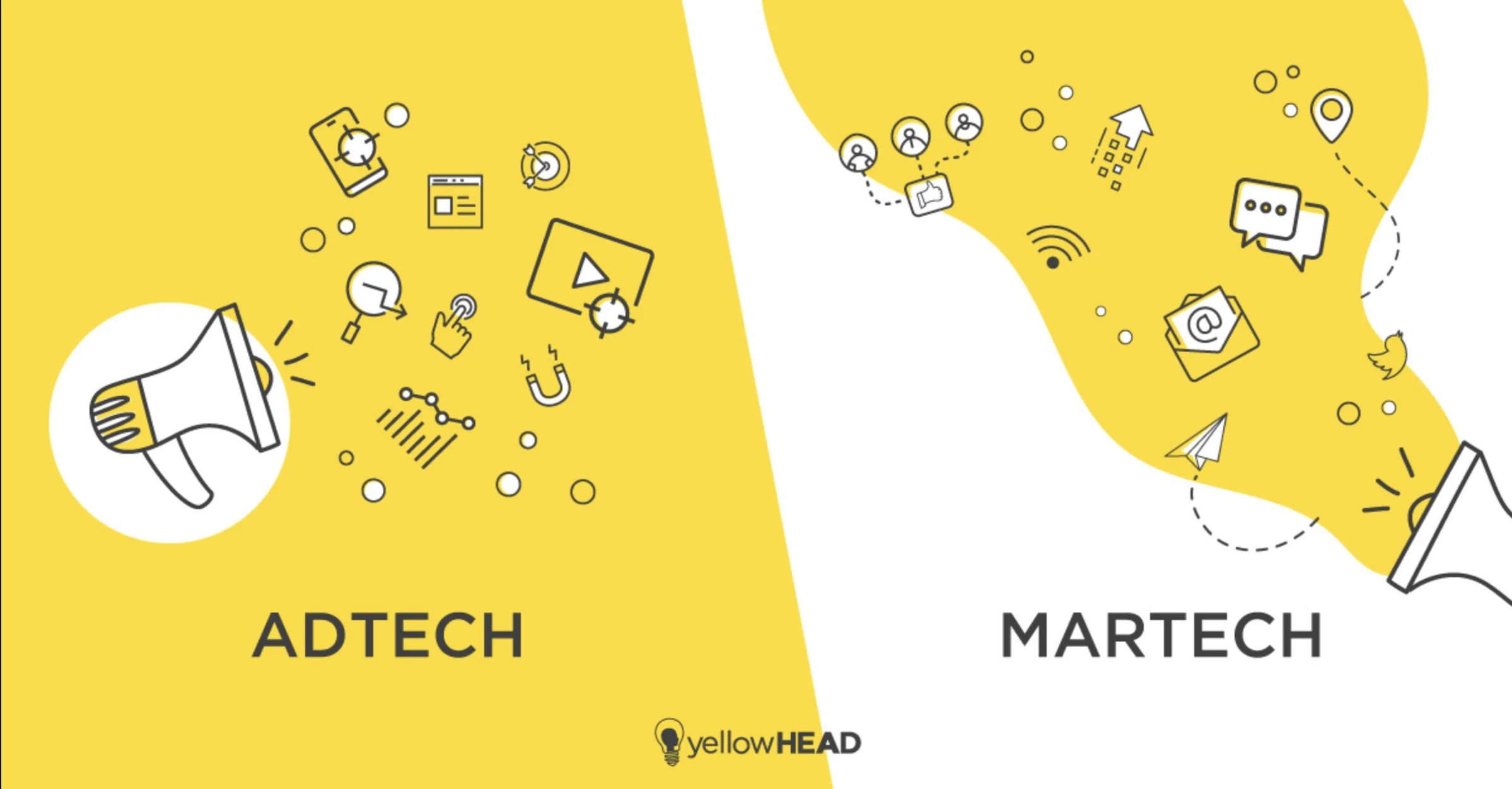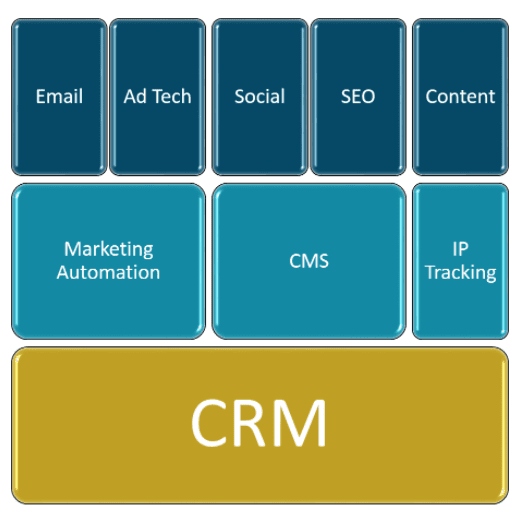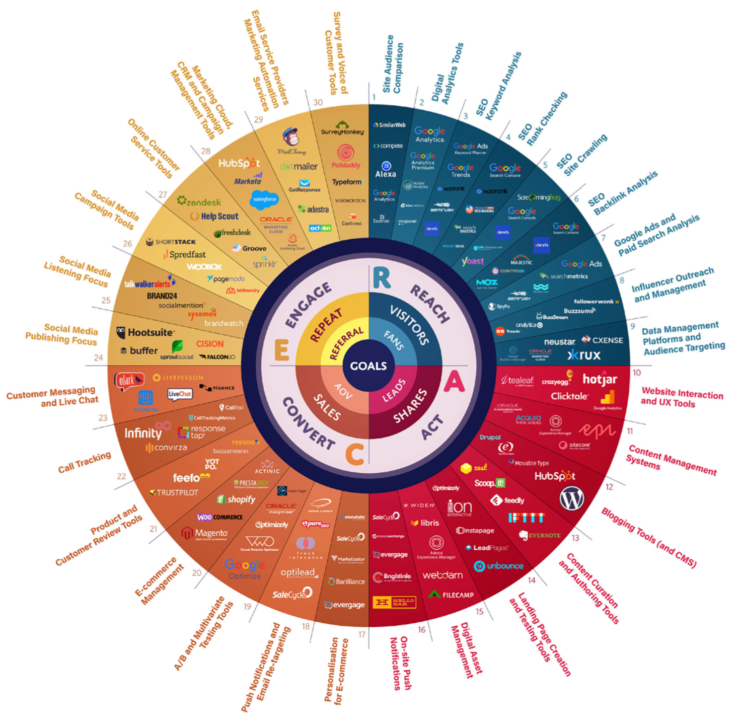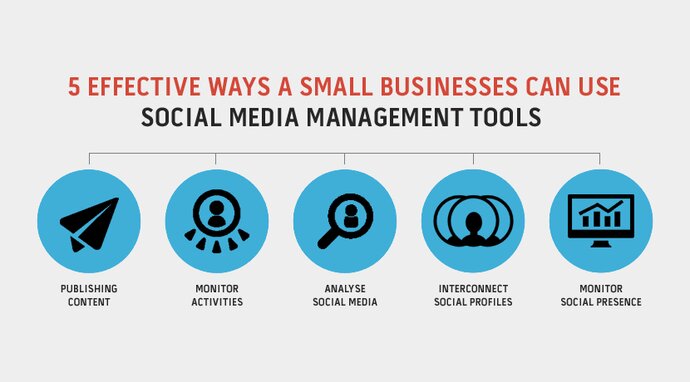MarTech has become a common term in today’s society. In the United States alone, people search Google for this term over 10,000 times a month. MarTech and Marketing Technology however, can mean a variety of things. In this article, we’ll take a look at what MarTech means and why it’s important, the different types of marketing technology, and how to best build your MarTech stack.
What is MarTech?
MarTech, meaning Marketing technology, refers to the software and technology used that aid in the achievement of marketing goals or objectives. These tools save time because they usually streamline and automate processes. They also assist marketers in determining the effectiveness of their efforts. MarTech has become an essential component of digital marketing campaigns, but it can also be used to optimise marketing efforts across all marketing channels.
How MarTech Differs From AdTech

Something people commonly mistake for MarTech is actually AdTech. The distinction between these programmes is analogous to the distinction between marketing and advertising. While MarTech refers to technology that aids in the creation, communication, and delivery of offerings, AdTech is solely used to influence buyer behaviour through the promotion of offerings. Customer Relationship Management (CRM) software, for example, is MarTech, whereas social ad platforms are AdTech.
What is a MarTech Stack?
When a group of marketing technologies are used by a team, these technologies are known as their MarTech stack. As your team and business grows, it’s critical to build a MarTech stack that simplifies your day-to-day operations. Teams want a streamlined, integrated MarTech stack so they don’t waste time switching between tools or manually transferring data from one location to another. This not only saves time and makes marketers more efficient, but it also lowers the budget needed for effective campaigns.
Tips to Building Your MarTech Stack 
- Strategy Over Technology: As businesses grow, it can be tempting to rely on technology to support processes that are still evolving. Typically, this occurs when a team adopts powerful tools with a lot of potential and attempts to mould their systems around them. If you’re still working on your strategy, try sketching out and visualising your tech stack. This allows you to think critically about each tool, the purpose it serves, and any overlap or duplication in your tools.
- Keep Your Systems Simple: The highest level of user acceptance and interaction is ensured by simplicity. Put your current strategy on paper, and discuss the importance of each stage of your process with your leadership team. Consider which processes your team could perform more efficiently and which ones you could be eliminated entirely.
- Focus On The Medium-Term: In an ideal world, every decision you make today about your tech stack will serve your team well for years to come. In reality, if you continue to scale, you will most likely change systems a dozen times over the next few years. You should not be concerned about selecting your forever technology, but you should also not settle for a tool that will be obsolete in 6 months.

- Document Everything: It’s easy to end up with a lot of clutter, data integrity issues, and confusion as your database grows and systems evolve. Document everything thoroughly, with the goal of having this level of documentation be comprehensive across all applications and easily accessible to everyone on your team.
- Select Point Solutions With A Single Solution: In a marketing organisation, a point solution is a product or service that addresses a single, very specific need. Sometimes all you need is a piece of software to do a specific task exceptionally well. If you have any point solutions in your current stack, consider how they interact with the rest of your technologies and what you need to do to keep them running.
- Don’t Sacrifice What You Need For Ease: There are numerous options available, so don’t settle for anything less than what you require. At the end of the day, you need to select a system that is simple for your team to learn and use while still providing the power and flexibility required to get things done.
Why is MarTech Important?
In an increasingly digital world where customers expect great experiences from the businesses with which they interact, MarTech is critical for businesses of all sizes to manage data and customer interactions. Technology plays more of a role in marketing now than ever with the MarTech landscape constantly evolving. While throughout the pandemic total marketing budgets decreased, the percentage of these budgets allocated to MarTech has been on the rise. Among 400 CMOs surveyed by Gatner, MarTech had the highest allocated marketing budget, compared to other areas. Additionally, 68% of CMOs expected to increase their MarTech budget in the next year, while only 11% expect it to decrease.
Analytics Tools

In the digital age, data is the key to long-term growth. Marketers now have access to more data than ever before, as well as capabilities that were previously only available to the most well-funded organisations. In Gatner’s survey, 76% of marketers said they base their decisions on data analytics. Analytics have become so crucial to businesses today as data by itself is only worth what one can take from it. Data has significantly more value however, once it’s been analysed and into a visually pleasing chart or table.
Analytics is critical for increasing the effectiveness of marketing initiatives and improving ROI. Data-driven personalisation in marketing campaigns generates 5-8x more ROI. To fully utilise data, businesses must have analytics tools in their MarTech stack.
Marketing Automation
Automation is the only way to scale and engage consumers in this digital landscape. Sending out a broad, one-size-fits-all message will not cut through the noise. Consumers are uninterested in anything that does not interest them or improve their lives. Marketers can connect with consumers at scale, but with personalised and relevant messages that provide real value.
Marketing automation is an essential component of a strong MarTech stack. It enables businesses to scale and broaden the scope of their campaigns. The size of your marketing team does not limit what you can accomplish. Marketing automation allows you to plan and execute strategies to expand your brand’s footprint and drive revenue at every stage of the buyer’s journey.
Social Media Management 
Despite the fact that social media is an essential part of our daily lives, it is where most businesses fail. According to Smart Insights, while 80% of businesses believe they provide excellent social media customer service, only 8% of consumers agree.
With the right MarTech stack, it is much easier to create new content, respond to consumer inquiries, and increase reach and visibility. Social media management tools assist businesses in closing the gap between consumer expectations and the performance of brands on social media. MarTech can be used within social media management to schedule posts for specific times to generate maximum engagement, automatically republish content with high engagement, and to monitor competitors in order to plan a marketing strategy and identify trends.
In addition, social listening is becoming an increasingly important tool for social media campaigns and analytics. You can find out what people are saying about your products, brand, and competitors. Companies can gain unbiased insights into marketing and business strategies by using the right social listening and analytics tools.
Digital Asset Management
Marketers can benefit from digital asset management (DAM) by streamlining processes and becoming more efficient in the organisation and management of digital information and property. According to Forrester Research, more than 75% of software decision-makers want solutions to “speed creation, optimise storage, and enhance delivery of their marketing and brand content.”
This is especially important for large organisations with teams in multiple locations. These large corporations can improve efficiency by avoiding media asset duplication and wasting time searching for media assets. This technology provides marketers with easy access to highly relevant content, allowing them to provide the personalised experiences that consumers expect at every touchpoint.
According to Research and Markets, DAM software will account for $6.9 billion in spending by 2024, with a compound annual growth rate of 34.1%. DAM systems, in addition to increasing efficiency, allow marketers to track the usage and ROI of their media assets. With these insights, CMOs can further optimise their strategy to increase the ROI of media creation.
Improved Customer Experience
![Customer Touchpoints | Definitions, strategies, & expert interviews [2021]](https://uploads-ssl.webflow.com/5ec6a20095cdf182f108f666/6026a8d7dd15e6576c65a7e3_-Mrc4o-kKSUI3u9U8ic1K0CKONQRlPsMmC8LVId42s8vDYRLSAbeaGbvdmL2V3hlh2hFEGmMi1ChhmCy4EGv0QQ7ul3DY_cu75TxBundXYnBYwaTh40g_pTIqNfYz6_ll-adSIE4.png)
Companies cannot provide a seamless customer experience unless they optimise their MarTech. Consumers today expect the experience of purchasing from and engaging with a brand to be highly relevant and personalised to their specific needs.
Artificial intelligence is an essential tool for processing massive amounts of customer data and providing actionable insights in order to create personalised experiences. Integrating AI-powered analytics tools into the MarTech stack is a priority for marketers, but many are struggling to move quickly in this area.
According to Forbes Insights research, 46% of marketing executives believe their company is not mature enough in terms of personalisation. This highlights companies’ slow responses and the importance of MarTech in meeting consumer expectations. A streamlined digital ecosystem ensures that every customer-facing department of the company has access to the data it requires to provide a seamless and personalised customer experience.
Conclusion
Companies cannot make rapid progress in today’s digital consumer landscape without an integrated MarTech stack. MarTech provides the tools to unlock the power of data and gain insights in real-time to optimise the customer experience. Marketers can scale campaigns using automation and machine learning while still providing the personalisation that today’s consumers expect.
At its most basic, MarTech assists in bringing the brand closer to the consumer. It improves customers’ lives through more relevant and helpful interactions. Companies can improve the ROI of marketing initiatives, drive more sales, and delight their customers by adding more value to every touchpoint.

Amit Khanna, 7startup Founder
Amit has 18 years of experience in the industry and an MBA. He supports entrepreneurs with every aspect of their business including concept and product development, investor presentations, and fundraising. Amit & 7startup assist startups in the pre due-diligence process and help connect them to our vast network of investors. Reach out to us today and see if we’re a fit!







